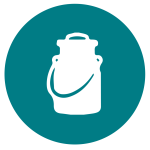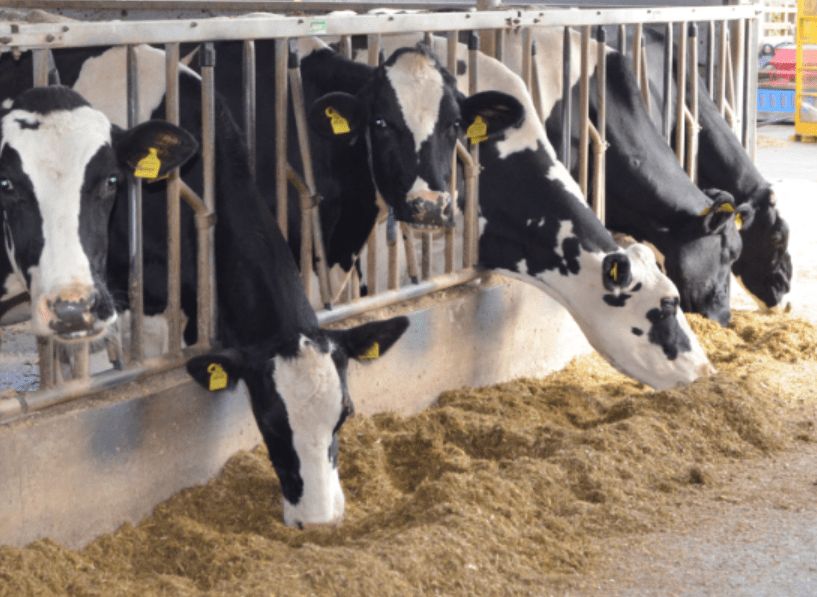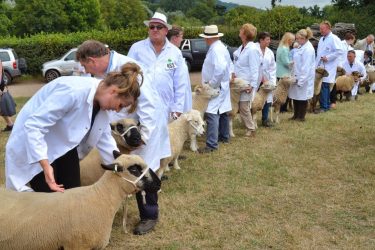Tim Harper says the Promar Farm Business Accounts (FBA) results for over 500 specialist dairy farms for the year to March 2018 showed improved profits, but the prospects for 2019 and 2020 are less positive and there are a number of key actions that all farmers need to consider.
The 2018 headline figures
- Profit after depreciation of £96,318, significantly up from the £53,130 recorded to March 2017. Profit was over 60% higher than the average of the previous five years and only exceeded by the 2013-14 results.
- Total variable and overhead costs increased by 6.9% and 5.6% respectively.
- Average producer increased total output by 74,009 litres, keeping four more cows and producing an extra 188 litres per cow, without increasing feed usage.

- In conjunction with an average milk price increase of 2.86ppl this diluted the impact of cost increases, resulting in profit after depreciation per litre rising from 3.09ppl to 5.38ppl.
- Profit is only half the story. Other ‘cash’ costs including capital expenditure and non-trading items such as drawings and debt repayment need to be accounted for. The average farm made a cash deficit of £85,152 before the introduction of any new capital and total liabilities rose by around £18,000 to £563,310.

What about the top 25% of producers?
What did they do to generate the better profits?
- Profit per cow of £864 compared to the average of £475.
- More milk per cow but a smaller herd size means very similar output.
- Virtually identical milk price to the average so it was all about efficiency with a significantly lower feed rate at 0.33kg/l.
- Variable costs control with lower bedding, vet and sundry costs saved 0.48ppl compared to average.
- Control of overheads, particularly wages, power and machinery and property costs saved £38,000, equivalent to 2.15ppl compared to average.
- Reduced debt per cow and ability to invest more capital per cow.
But what about the year to March 2019 and beyond? What are the prospects for dairy farming?







